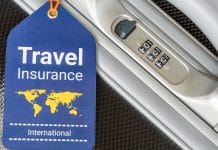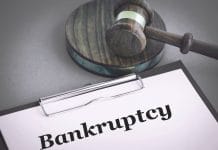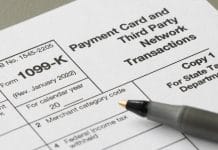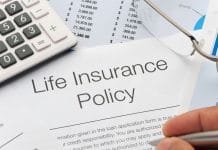Are you drowning in credit card bills, medical expenses, and personal loans? You’re not alone. Over 77% of American households carry some form of debt, and many are searching for the top debt relief program to help them break free from the cycle of minimum payments and mounting interest.
If you’re tired of losing sleep over your finances and ready to take control, this comprehensive guide will walk you through everything you need to know about debt relief programs—from how they work to which one might be your ticket to financial freedom.
What Exactly Is a Debt Relief Program?
A debt relief program is your structured roadmap out of debt hell. Think of it as a professional game plan that helps you reduce, reorganize, or eliminate unsecured debts through proven strategies like debt settlement, debt management plans, or debt consolidation.
Unlike those late-night TV ads promising magical debt erasure, legitimate debt relief programs work within the law to negotiate realistic solutions with your creditors. They’re designed for people who are genuinely struggling—not those looking for a quick way to skip out on their responsibilities.
Who Qualifies for Debt Relief Programs?
Not everyone needs or qualifies for debt relief assistance. Most programs target individuals who meet specific criteria:
Financial Requirements:
- Unsecured debt totaling $7,500 or more
- Difficulty making minimum monthly payments
- Financial hardship due to job loss, medical expenses, divorce, or unexpected life events
- Debt-to-income ratio that makes repayment challenging
Eligible Debt Types:
- Credit card balances
- Medical bills
- Personal loans
- Payday loans (though alternatives to payday loans are often better)
- Some private student loans
What Doesn’t Qualify:
- Mortgages and home equity loans
- Auto loans
- Federal student loans
- Secured debts backed by collateral
The Three Main Types of Debt Relief Programs
1. Debt Management Plans (DMPs)
How It Works: A credit counseling agency negotiates with your creditors to lower interest rates and create a single monthly payment plan.
Best For: People who can afford their debt with some breathing room but need better terms.
Timeline: 3-5 years typically
Credit Impact: Usually neutral to positive if you stick to the plan
2. Debt Settlement Programs
How It Works: A debt settlement company negotiates with creditors to accept less than what you owe—sometimes 40-60% of the original balance.
Best For: People facing severe financial hardship who cannot afford current payments.
Timeline: 2-4 years on average
Credit Impact: Temporary negative impact, but less severe than bankruptcy
3. Debt Consolidation Loans
How It Works: You take out a new loan to pay off multiple debts, leaving you with one monthly payment and (hopefully) a lower interest rate.
Best For: People with decent credit who can qualify for favorable loan terms.
Timeline: Varies based on loan terms (2-7 years common)
Credit Impact: Can be positive if managed well
How Debt Relief Programs Affect Your Credit Score
Let’s be honest—most debt relief programs will impact your credit score, at least temporarily. Here’s what to expect:
| Program Type | Initial Credit Impact | Long-term Effect |
| Debt Management Plan | Minimal negative | Often improves with consistent payments |
| Debt Settlement | Moderate to significant negative | Gradual improvement after completion |
| Debt Consolidation Loan | Minimal (hard inquiry) | Positive with on-time payments |
The key thing to remember? If you’re already missing payments and drowning in debt, your credit is likely already suffering. A debt relief program can be your path to recovery, not destruction.
Timeline: How Long Does Debt Relief Take?
Most debt relief programs require patience and commitment. Here’s the realistic timeline:
Debt Management Plans: 36-60 months
Debt Settlement: 24-48 months
Debt Consolidation: 24-84 months (depending on loan terms)
During this time, you’ll need to stick to your payment plan religiously. Missing payments can derail your progress and potentially get you kicked out of the program.
Understanding the Costs: What You’ll Pay
Every debt relief program comes with fees, but they’re structured differently:
Debt Management Plans (Non-profit):
- Setup fee: $0-$50
- Monthly maintenance fee: $20-$75
Debt Settlement Companies:
- Contingency fees: 15-25% of enrolled debt
- Only paid after successful settlement (per FTC rules)
Debt Consolidation Loans:
- Interest rate varies based on credit score
- Possible origination fees: 1-6% of loan amount
Remember: Legitimate companies cannot charge upfront fees before providing services. If someone asks for money upfront, that’s a major red flag.
Red Flags: Avoiding Debt Relief Scams
The debt relief industry attracts both legitimate companies and predatory scammers. Watch out for these warning signs:
❌ Upfront fees before any work is done
❌ Unrealistic promises like “eliminate debt overnight”
❌ Pressure tactics to sign up immediately
❌ Lack of accreditation or licensing
❌ Guarantees about specific outcomes
❌ Advice to stop communicating with creditors entirely
✅ Look for instead: Companies accredited by the Better Business Bureau, transparent fee structures, realistic timelines, and proper licensing in your state.
Alternatives to Traditional Debt Relief Programs
Before enrolling in a formal program, consider these alternatives:
DIY Debt Payoff Methods:
- Debt snowball method (pay smallest balances first)
- Debt avalanche method (pay highest interest rates first)
- Budgeting strategies to free up extra money
Direct Creditor Negotiation:
- Call your creditors directly to negotiate payment plans
- Request hardship programs or interest rate reductions
- Explore forbearance options
Income Enhancement:
- Take on side hustle work
- Sell assets to pay down balances
- Use windfalls (tax refunds, bonuses) strategically
Last Resort Options:
- Chapter 7 or Chapter 13 bankruptcy
- Though this should only be considered with legal counsel
Is a Debt Relief Program Right for You?
Debt relief programs aren’t magic bullets, and they’re not right for everyone. Consider these factors:
You’re a Good Candidate If:
- You have more than $7,500 in unsecured debt
- You’re struggling to make minimum payments
- You have a stable income source
- You’re committed to changing spending habits
- You want to avoid bankruptcy
You Might Want to Think Twice If:
- Your debt is manageable with proper budgeting
- You have excellent credit and can qualify for low-interest loans
- You’re not ready to commit to 2-4 years of disciplined payments
- You’re considering taking on new debt
Taking the Next Steps
If you’ve decided a debt relief program might be your path forward, here’s your action plan:
- Gather Your Financial Information: List all debts, minimum payments, and interest rates
- Calculate Your Debt-to-Income Ratio: This helps determine program eligibility
- Research Accredited Companies: Check Better Business Bureau ratings and state licensing
- Get Multiple Quotes: Compare fees, timelines, and program structures
- Read the Fine Print: Understand exactly what you’re agreeing to
- Start Building Better Money Management Habits: The program is just the beginning
Remember, getting out of debt is a marathon, not a sprint. The top debt relief program is the one that matches your specific financial situation, timeline, and goals.
Your Journey to Financial Freedom Starts Today
Debt doesn’t have to define your life forever. Whether you choose a debt management plan, debt settlement, or consolidation loan, the most important step is the first one—admitting you need help and taking action.
The road ahead won’t always be easy, but thousands of Americans successfully complete debt relief programs every year. With the right program, commitment to change, and strategies to avoid future debt, you can join their ranks.
Don’t let another month pass watching your debt grow while your hope shrinks. Research your options, speak with accredited counselors, and take that first step toward the financial freedom you deserve.
Ready to explore your debt relief options? The journey to becoming debt-free starts with a single decision. Make it today.
For more financial guidance and money management resources, visit Wealthopedia






